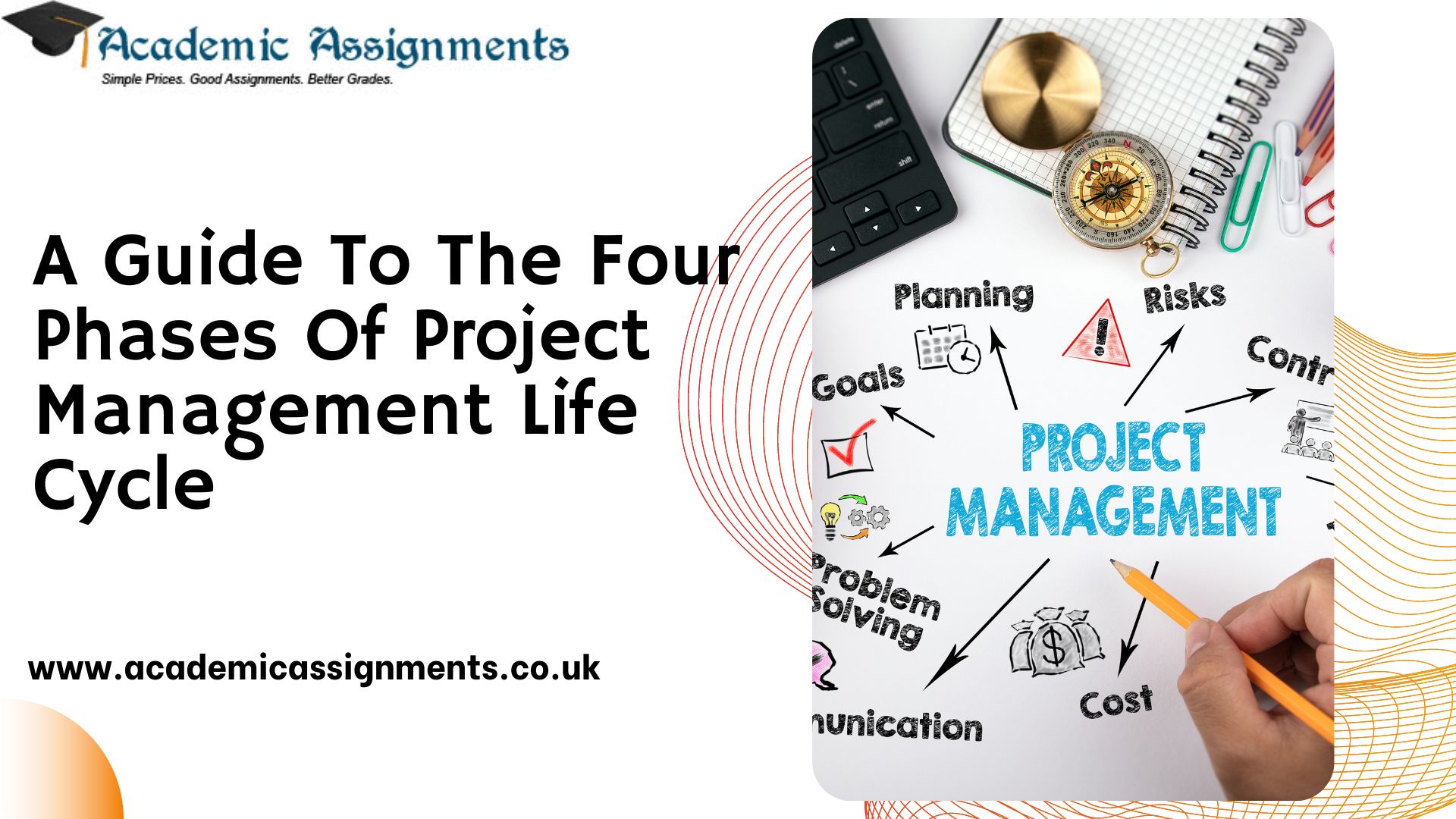A Guide To The Four Phases Of Project Management Life Cycle
The project management life cycle is a critical process that ensures the successful completion of projects, regardless of their size or complexity. It involves four key phases, namely initiation, planning, execution, and closure. These phases are crucial in ensuring that a project is well-organized and executed, with all its goals and objectives achieved. This article aims to provide a comprehensive guide to these four phases of the project management life cycle to help individuals better understand and apply them to their projects.
1.Initiation
The initiation stage is the initial phase of the project management life cycle, where the project group recognizes the business requirement or possibility and collaborates to generate likely solutions. The primary goal of this phase is to establish a clear project objective, assess its feasibility, and define the major outcomes that the project should achieve.
The following are the steps involved in the project initiation phase:
- Conducting a feasibility analysis: This involves evaluating the viability of the project and determining if it is worthwhile pursuing.
- Defining the project’s scope: This involves identifying the project’s boundaries and determining what is included and excluded in the project.
- Identifying deliverables and stakeholders: This involves identifying the key deliverables and stakeholders involved in the project.
- Creating a business case: This involves documenting the benefits of the project and the expected return on investment.
- Creating a statement of work: This involves outlining the tasks, deliverables, and timelines required to complete the project.
2.Planning
Once the project has been approved, the next phase is planning. During this phase, the project is broken down into smaller tasks, team members and their roles are identified, and a timeline for completing assignments is established.
The following are the steps involved in the project planning phase:
- Creating a project plan: This requires creating a comprehensive strategy that specifies the necessary duties, schedules, materials, and expenses essential to finishing the project.
- Developing workflow diagrams: This involves creating process flow diagrams to help visualize the project’s workflow and identify potential bottlenecks.
- Estimating the budget: This involves estimating the project’s costs and developing a budget plan.
- Gathering resources: This requires recognizing and obtaining the necessary materials, personnel, or other assets needed to accomplish the project.
- Anticipating risks and obstacles: This entails recognizing possible hazards and difficulties that might occur throughout the project and devising alternate plans to minimize their impact.
- Holding a kickoff meeting: This involves convening the project team to review the project plan, timelines, roles and responsibilities, and expectations.
3.Execution
The third phase is execution, where the project plan is implemented. The project manager is responsible for keeping the work on schedule, coordinating team members, monitoring timelines, and ensuring that the original plan is followed to complete the work.
The following are the steps involved in the project execution phase:
- Dividing the project into smaller tasks: This requires dividing the project into more achievable and smaller tasks.
- Providing clear instructions and training: This requires guaranteeing that each team member comprehends their respective duties, accountabilities, and expected outcomes.
- Updating project stakeholders: This includes keeping project stakeholders up to date on the project’s advancement and resolving any issues or worries they may have.
- Monitoring the quality of work: This involves ensuring that the work being produced meets the project’s quality standards.
- Keeping an eye on the budget: This involves monitoring project costs to ensure that they stay within the approved budget.
4.Closure
The final phase is closure, where final project outcomes are delivered, resources are released, and achievements are evaluated. Although the primary project work has been completed, it does not mean the project manager’s duties are over. There are still essential tasks, such as analyzing the project’s successes and failures.
The following are the steps involved in the project closure phase:
- Delivering the final project outcomes: This involves completing and delivering the final project outcomes to the stakeholders.
- Releasing project resources: This involves releasing any resources that were acquired for the project.
- Evaluating the project’s achievements: This involves evaluating the project’s performance against its original objectives and goals. The project manager is responsible for evaluating whether the project was delivered within the stipulated time frame, budget, and quality criteria. They should also analyze the project’s effects on the organization and its stakeholders, including the advantages and disadvantages it brings.
- Analyzing successes and failures: During this phase, the project manager should examine the successes and failures of the project. They should identify what went well and what didn’t go as planned and determine the reasons behind the successes and failures. This analysis can help the project manager to identify lessons learned and apply them to future projects.
- Documenting lessons learned: The final step in the project management life cycle is documenting lessons learned. This involves recording the successes and failures of the project, as well as the key takeaways and best practices that were identified during the project. By documenting lessons learned, the project manager can create a repository of knowledge that can be used to improve future projects.
Conclusion
The project management life cycle is a crucial process that helps ensure a successful and well-organized project. By following the four phases of initiation, planning, execution, and closure, individuals can better plan and manage their projects. Additionally, evaluating the project’s achievements, analyzing successes and failures, and documenting lessons learned can help individuals improve their project management skills and contribute to the success of future projects.
Author Bio:
Mark Edmonds is a seasoned writer and academician who works with Academic Assignments, a leading provider of management assignment help. He specializes in offering best quality project assignment help to students, ensuring they excel in their academic pursuits.

 Blogs
Blogs





